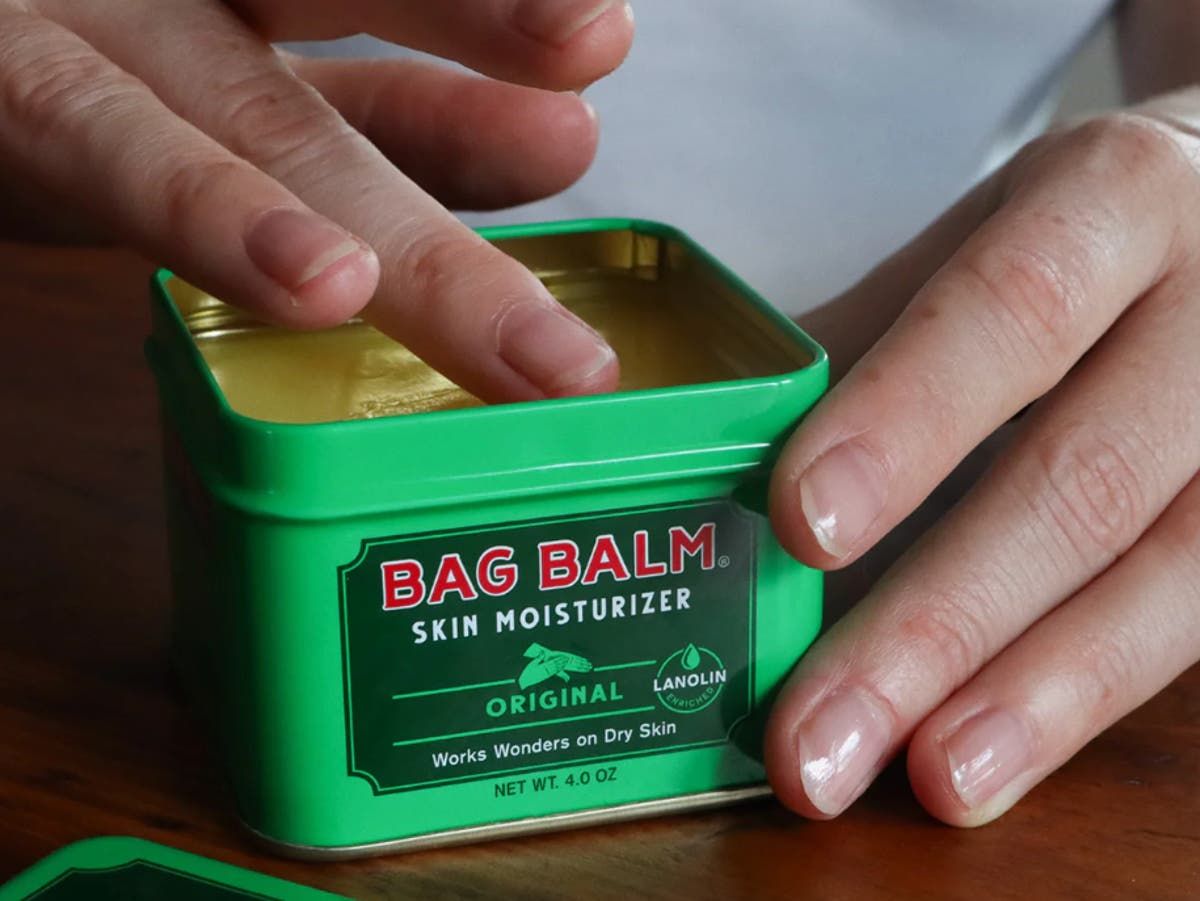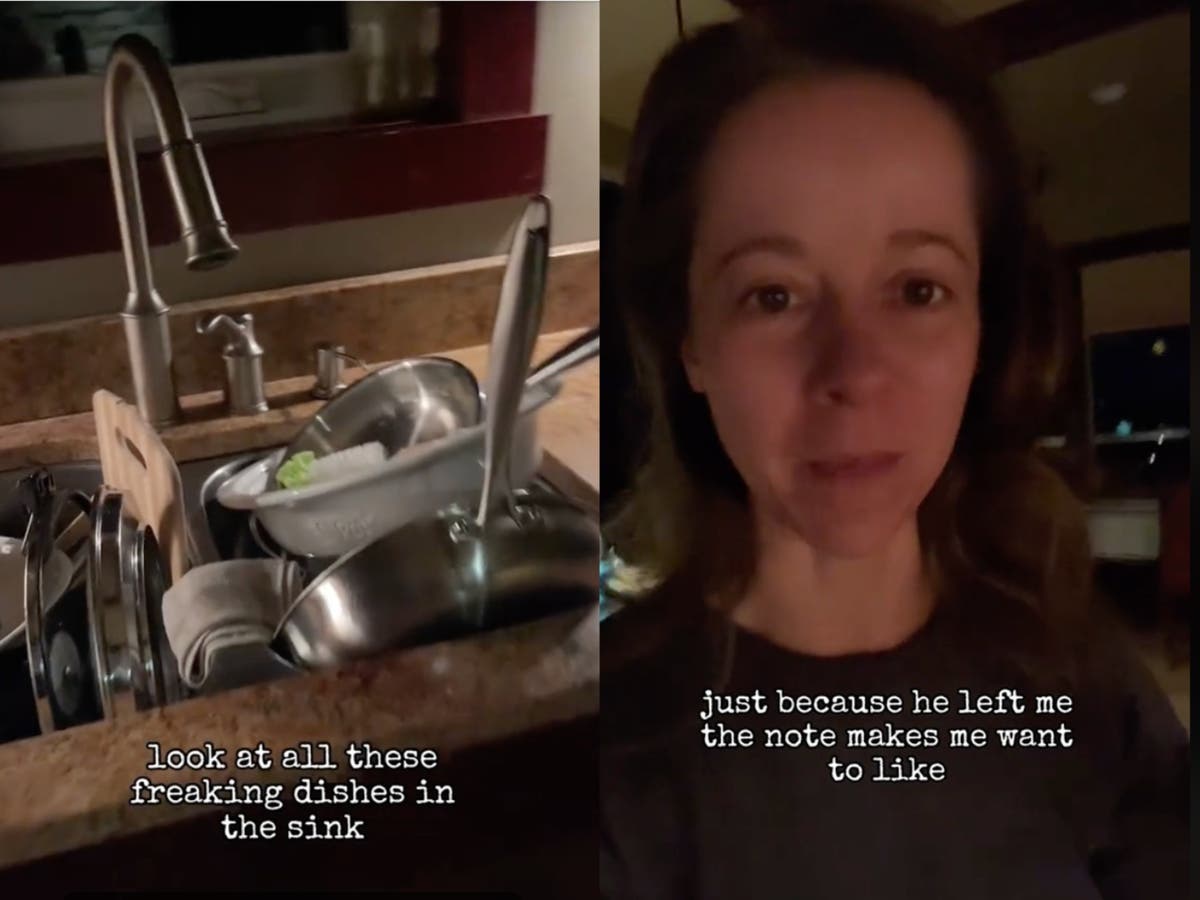Country beauty hack Bag Balm has entered the skincare mainstream thanks to TikTok.
Bag Balm, a secret widely known in rural communities, has gone viral after content creators and skinfluencers began promoting its effects as an alternative to Vaseline for slugging, the act of covering the entire face. before going to bed to seal. in humidity.
From actress Raquel Welch to country superstar Shania Twain, celebrities have long credited Bag Balm as the beauty trick that helps them get through long days on set and on the big stage. In 1999, the latter boosted sales of the product when he told the London newspaper Telegraph newspaper: “When I've been flying a lot and my skin is very dry, I rub it on my face and hair and leave it there all day.”
But with influencers like Alix Earle telling her millions of TikTok followers that she trusts the product to help with dry skin and lips, new and younger audiences are flocking to the product.
Brewed in Lyndonville, Vermont for 125 years, the concoction is made from Vaseline and lanolin. It was created primarily for cows when their wombs dry out during the state's harsh winters. The label on the green square can explicitly states that it is for veterinary use only: “For sore nipples and hard milkers, apply the balm one hour before night milking and immediately after morning milking.”
Dairy farmer John L. Norris first purchased the rights to the formula from a Wells River pharmacist and began selling it as Bag Balm through his Dairy Association Company in 1899. The company also marketed farm animal products as a softener. horse hoof remover, cow nipple dilator, and Tackmaster, a leather cleaner and conditioner.
When Norris's son began running the company in the 1960s, it ran ads marketing Bag Balm for home use “for cuts, cracks and burns.”
At that time people found all kinds of uses for the balm, with an appearance in 1969 Wall Street Journal article reporting on his wealth of talents. From a Marine in Vietnam who used Bag Balm to lubricate a 105-millimeter howitzer to a dentist in Texas who claimed it cured his psoriasis, the multi-purpose nature of Bag Balm is far from a completely new discovery.
Libby Parent, 36-year-old president of the company, now known as Vermont's Original Bag Balm, explained to The New York Times that after the Norris family sold the company to private equity investors in 2014, new management wanted to rebrand the product.
“The whole ethos of our brand is simplicity and versatility,” Parent said, highlighting his goal of shifting the company's focus toward marketing how the product can benefit human customers. “We needed to define the product for people.”

The company has since introduced a line of human-specific products including a lip moisturizer, soap, and exfoliating body wash. They've also started offering their iconic salve in a travel-friendly plastic tube, in addition to their classic green tin. The product can now also be found at your local Walmart, which began selling Bag Balm in 2015.
However, the product still receives ten percent of its sales from farmers, and Bag Balm has become a traditional household item for many rural families.
“It really is a staple food for a lot of families,” Nebraska farmer Mindy McGrew told the outlet. She noted that she uses Bag Balm on her cows' udders in the winter to protect them from frostbite and on the tails in the summer to soothe fly bites. “Grandma had it at her house and then mom had it at her house.”
With a loyal following of the brand in rural communities, Parent says Bag Balm won't drastically change its strategy anytime soon, despite recently going viral via TikTok “slugging” videos. She explained: “We have something unique, why alter it?”
By focusing on its traditional roots but appealing to the masses with more human-friendly products, Bag Balm hopes to straddle the line between the past and the future to market a product meant to last.












